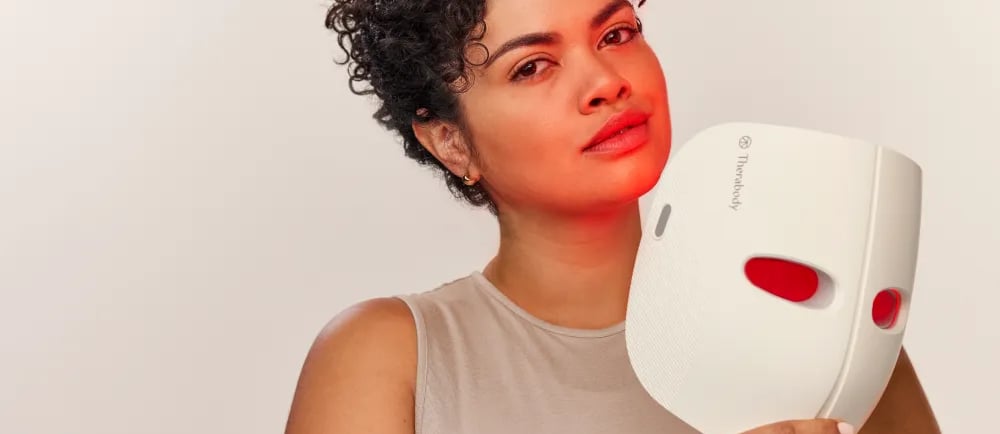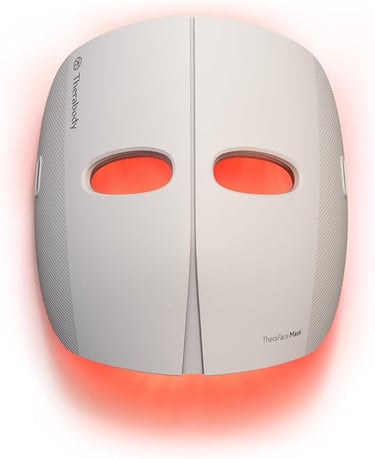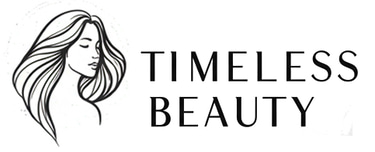Do Red Light Masks Work? Science & Hype Explained
Discover the truth about red light masks—popular sci-fi skincare gadgets. We dive deep into the science behind their effectiveness and separate fact from marketing fluff. Learn if these devices truly deliver results for your skin.
TRENDS AND INNOVATIONS
6/23/20252 min read


🧬 What They Claim vs. What Science Shows
Instead of full-coverage, matte foundations, opt for creamy, hydrating formulas. These not only prevent dryness but also help avoid the dreaded “settling into fine lines.” Think of it as your skin—only more radiant.
How It Works
Red & Near-Infrared Light (630–830 nm) reaches the dermis and stimulates fibroblasts, leading to increased collagen and elastin production, key for reducing fine lines and improving skin elasticity.
Blue Light (405–420 nm) targets acne-causing bacteria and helps regulate oil production
Benefits Backed by Evidence
Wrinkle smoothing: Controlled trials show up to a ~30% reduction in fine lines like crow’s feet.
Acne relief: Combined red + blue light regimens reduce breakouts and inflammation.
Redness & wound healing: Anti-inflammatory effects support rosacea, eczema care, and tissue repair
Realistic Expectations
At-home devices are less powerful than clinical systems—think maintenance vs. dramatic change.
Results are gradual: expect visible changes in 4–12 weeks with consistent, 2–5x/week use.
Improvement level: modest—surface-level smoothing and texture, not deep dermal transformation
⚠️ Safety & Caveats
Generally safe for most skin types.
Be cautious if you have light sensitivity, melasma, or are on photosensitizing meds; blue/red light can worsen pigmentation or cause redness.
Eye protection is crucial, especially with blue light
🛍️ Choosing the Right Mask
Prioritize:
FDA-cleared products that specify wavelength and clinical backing.
Adequate wavelength coverage: 630–660 nm (red), ~830 nm (infrared), 405–420 nm (blue), depending on your needs.
Comfort & fit: Flexible masks sit flush and allow better light absorption.
Popular options include Omnilux Contour, Dr. Dennis Gross DRx SpectraLite, and Therabody’s Theraface.


💰 Is It Worth the Investment?
Prioritize:


In short, these masks are a supplement, not a substitute for professional treatments. Dermatologists recommend them alongside a skincare routine (cleanse, moisturizer, SPF, maybe retinol
🧠 Final Thoughts
✅ Evidence-backed for mild to moderate anti-aging, acne, and inflammation benefits.
⏳ Consistency wins: results appear after 1–3 months of regular use.
🎯 Choose wisely: go FDA-clear, with proper wavelengths and a good fit.
⚠️ Manage expectations: results are gradual and modest; not a miracle.
💡 Safety first: use eye protection and consult a dermatologist if you’re sensitive or on photosensitizing meds.
TL;DR
Red-light masks can improve fine lines, acne, and redness—if you choose a reputable device, use it correctly, and give it time. Think of them as a low-risk, at-home booster—not a quick fix.
